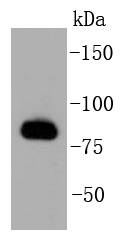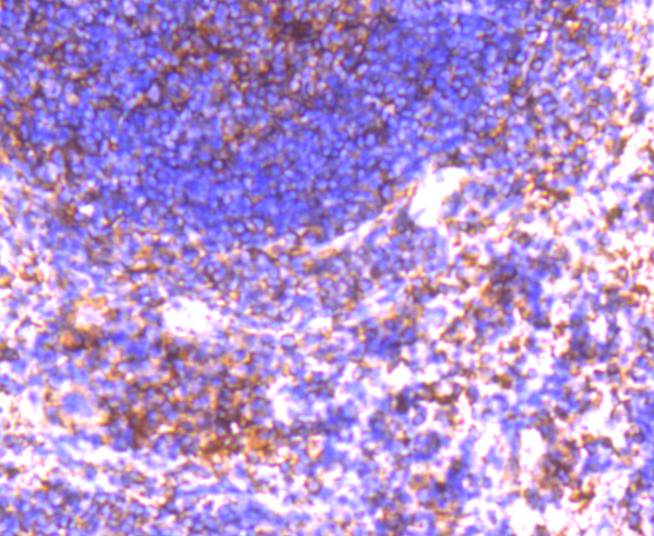Heterotrimeric G protein-mediated signal transduction is a dynamically regulated process with the intensity of signal decreasing over time despite the continued presence of the agonist. This phenomenon, referred to as agonist-mediated desensitization, involves phosphorylation of the receptor by two classes of enzymes. The first class is comprised of the second messenger-regulated kinases, such as c-AMP dependent protein kinase A and protein kinase C. The second class includes the G protein-coupled receptor kinases (GRKs). At least seven members of the GRK family have been identified. These include rhodopsin kinase (GRK 1), two forms of beta-adrenergic receptor kinase: GRK 2 (betaARK, betaARK1) and GRK 3 (betaARK2), IT-11 (GRK 4), GRK 5, GRK 6 and GRK 7. Phosphorylation of receptors by GRKs appears to be strictly dependent on the receptor being in its agonist-activated state.





